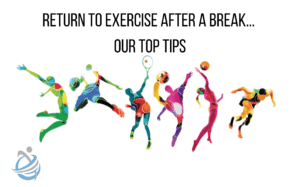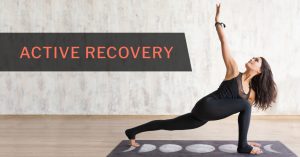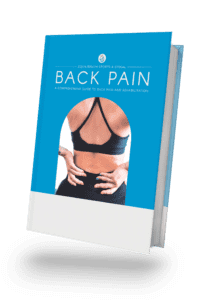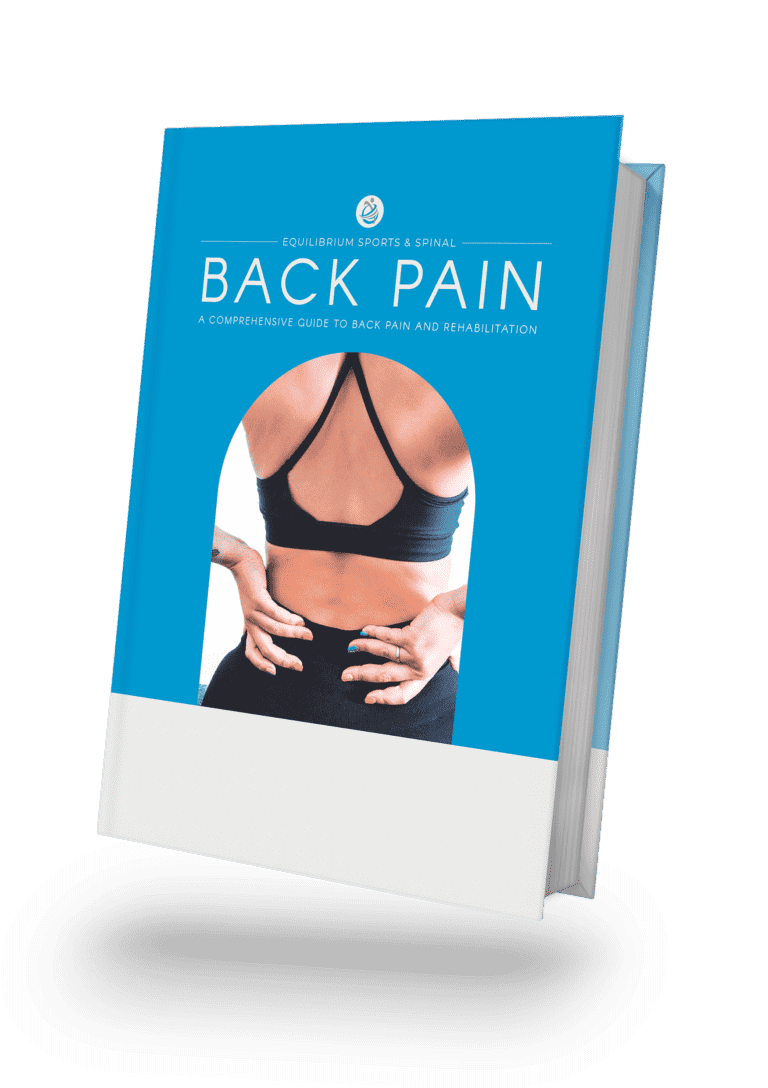The last few weeks have seen a number of our Glen Iris based patients asking our Osteopaths about pain? Be it back pain, shoulder pain, or pain related to posture ? And is there is a thing as “good pain”? Here is what we believe With any sporting activity, or gym based program or any exercise program, there is the always the strong desire to push yourself and your body to the limit, to be better than you were yesterday. The desire to test what your body can endure. How much is mental pain? How much is physical pain? We are often been asked, how much pain should you “push through” to achieve these goals”? Here are my thoughts:
As you are most probably aware, and have no doubt experienced in the past, you are going to feel some discomfort when working out. The odd niggle here, a twinge there, shortness of breath on the rower, and the inevitable soreness that comes a few days later, the dreaded DOMS. It goes without saying that these sensations are part of training and “come with the territory”. Realistically, if you were to stop training at the first inkling of pain we’d never get anywhere and never see any results.
So how much pain should you put up with in a workout? The answer to this question is a question in itself. Are you experiencing PAIN or DISCOMFORT?
Good pain is a result of effort and energy expenditure, which is associated with a level of discomfort. But this can quickly change. And rather than a discomfort pain changes to sharp, burning or stabbing, this is NOT a good sign, and an indication you should stop and seek advice.
Pain is our body trying to warn us there may be a problem. Pain will come on suddenly and is often located at a joint or muscle, and bone is severe causes. You may also experience a tearing sensation or a pop as a muscle tears or a ligament becomes compromised . We quickly become aware of pain, as it is the bodies protective system kicking in, and not something we should ignore or attempt to “train through”. We often see athletes trying to justify reasons for their pain, but this is risky behaviour as it may result in a more serious or long- term injury.
So from this we can accept that during a work out we are going to experience some level of discomfort. This uncomfortable feeling may come from not being able to deliver oxygen to your body and the production of lactic acid (more on this later), or fatigue of muscles as the workout progresses – all of which are quite normal. But, the minute this discomfort changes to a sharp stabbing or burning pain – this is a good indication to stop. It is always best to err on the side of caution – if you are unsure if its pain or discomfort it’s always better to stop and seek advice from a health care professional.
So what is the DISCOMFORT PAIN you are experiencing?
Generally speaking the “Discomfort pain” we feel during vigorous exercise, and eases once your intensity drops is most likely Lactic acid build up. Lactic acid is a by-product of energy production that occurs when the body does not have enough oxygen to produce this energy. The longer you continue to exercise the more lactic acid is produced and the more discomfort you may feel. As we mentioned above, once your intensity drops, your energy demand drops, and the oxygen delivery is sufficient to produce energy without the lactic acid build up. This is why it improves once your intensity reduces.
As your fitness levels increase, your body’s ability to remove this lactic acid improves, your tolerance to the “lactic burn” builds up, and your cardio vascular system is better able to utilise the oxygen you breathe in.Working through this “lactic burn” is 100% fine and will not result in injury – as long as your form and technique is not compromised.
The other factor to consider when talking about exercise-induced pain is DOMS or Delayed Onset Muscle Soreness. DOMS is a common effect which results in pain / stiffness a few days after your training session. This is the body adapting to the increase and possibly unfamiliar use of certain muscles. This should ease after a few days. If this feeling lingers for longer, it is possible you may have done too much too soon and should maybe seek some help from a professional.
It goes without saying that the best way to prevent pain is to know your body and your own limitations. Participating in a good warm up, cool down, regular stretching and scheduling lighter sessions will all help reduce the exercise-induced pain. Remember a little bit of discomfort is needed to achieve great results – BUT know your limitations and work within your own capabilities.
As always if you feel you need some assistance and require a review of a potential injury we are here to help.








